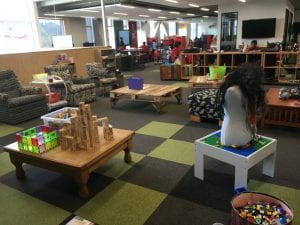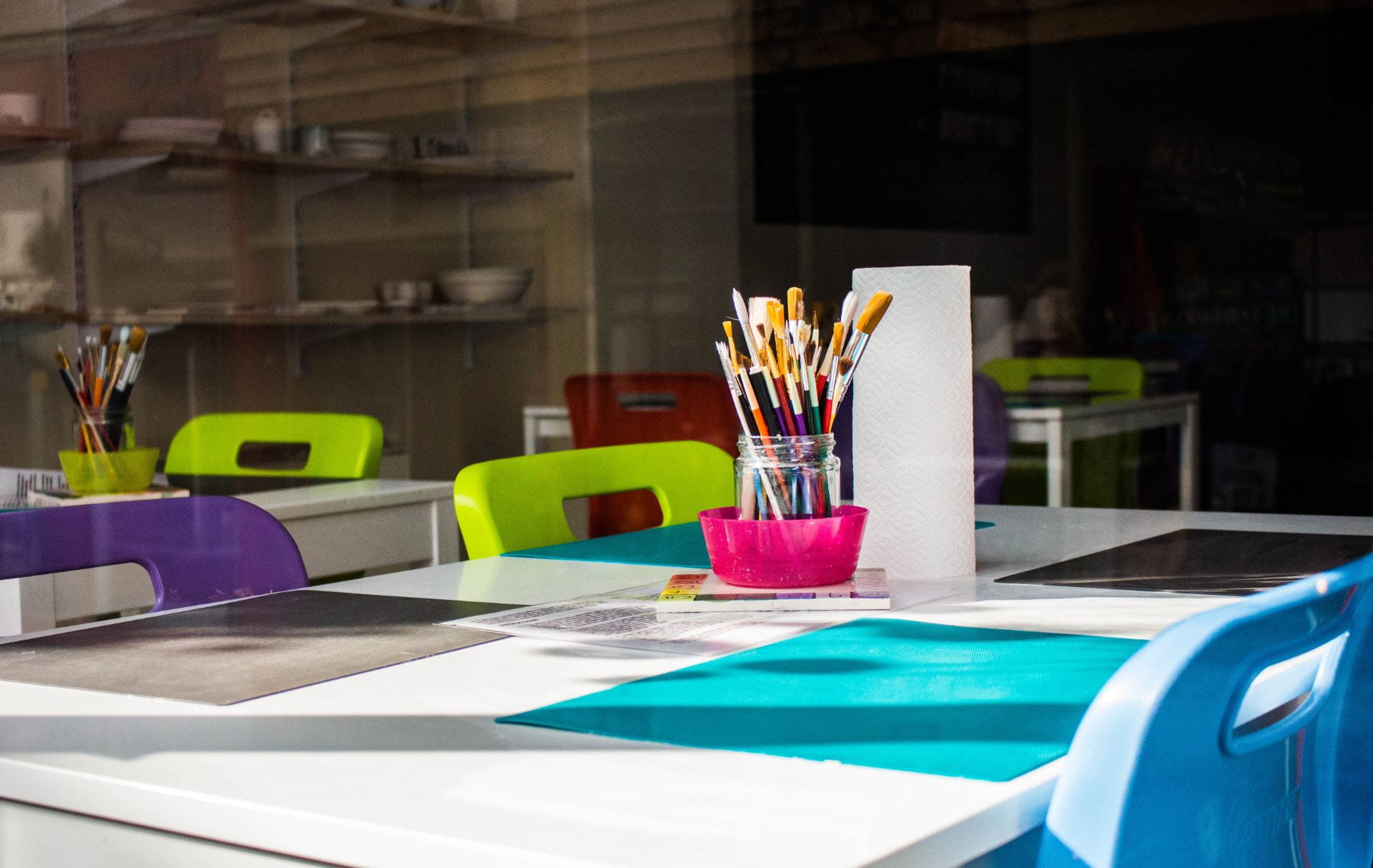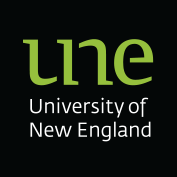What does a truly equitable 21st century innovative learning environment look like?
With millions of dollars devoted to new schools and refurbished school buildings across Australia, it is timely to give attention to how innovations address the needs of students with disabilities. Luckily, a partnership between academics at the University of New England (UNE) and the University of Newcastle (UON) are exploring the nuances of this topic through their recent research.
UNE’s Associate Professor Jennifer Charteris and Dr Joanna Anderson, and UON’s Dr Angela Page have recently undertaken research into pedagogies of inclusion in the open learning spaces of new and refurbished schools.
According to Dr Charteris, many of the new buildings and refurbished schools that the research team have investigated can be identified by certain reoccurring characteristics – “polycentric room designs, infused information and communication technologies, the flexibility of both open and smaller breakout spaces, fewer often movable walls, and an abundance of glass.”
While discussing these learning spaces, Dr Charteris notes that the strategic redevelopment of learning spaces envisages a 21st century environment that takes into account the significant demographic, economic and technological changes that have occurred over the last 20 years.

Equity of education is an underlying principle of these new school designs, however these redesigns are built upon the idea of catering to the conceptualised ‘typical student’. This focus on the norm can easily be seen as ableist and does not necessarily meet the range of needs students with disabilities may have. To date, little scholarly work has explored how the needs of students with disabilities can better be addressed in innovative learning environments. Thus, it is this gap in the scholarship that Associate Professor Charteris, Dr Anderson and Dr Page have been researching.
This cross university research team have conducted fieldwork in 21 primary and secondary schools in Australasia and interviewed more than 50 leaders and teachers, and over 30 students. “Listening to the voices of students, particularly those with specific educational needs, is so important when considering inclusive school design,” noted Dr Joanna Anderson when discussing the importance of equitable learning. “Our hope is that this work will help to highlight the significance of this.”
In order to address the previously observed issues with recent learning space redesigns, the research team have developed a conceptual model of practice for policymakers, architects
, designers, and education leaders. The model seeks to assist in addressing students’ diverse needs and ultimately support inclusive approaches to student learning in innovative learning environments.
This model not only presents a glimpse of learning spaces that cater for a broad range of students, but also highlights what a truly equitable future education environment may look like.

“The model is titled ‘The Ecology of Inclusive Education in Innovative Learning Environments’,” said Dr Anderson while discussing the team’s research. “It focuses attention on the impact of school design on practice and pedagogy, and ultimately on students and their capacity for success. It provides a scaffolding to maximise positive outcomes for students with disabilities. The model can also be used to explain the key constructs that serve to assist or hinder the inclusion of students with additional needs in innovative learning environments.”
The team aim to present research related to this model at two conferences this year in Adelaide and Melbourne (should COVID conditions permit). Between them, the research team have authored 10 peer reviewed articles, 1 bibliographic entry, 2 chapters , 9 professional articles for school leaders and teachers, and a range of presentations on Innovative learning Environments. Dr Page has presented findings from the research to The Early Childhood Inclusion group to inform the new building designs of Early Childhood centres. The team have also provided input into the design of new school buildings in Victoria.
While billions of dollars are being spent by state government across Australia to create new learning environments in schools, this fantastic research project hopes to make these environments truly inclusive. When talking about the impact of the research model Dr Charteris highlighted that “partnering with leaders and teachers in schools to explore how pedagogy and practices are morphing with new innovations in school building design is such a privilege.”



Recent Comments